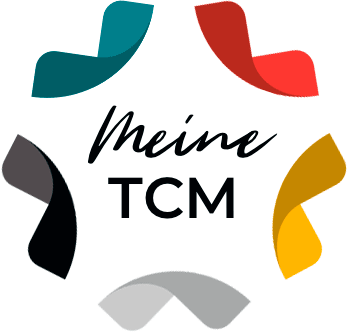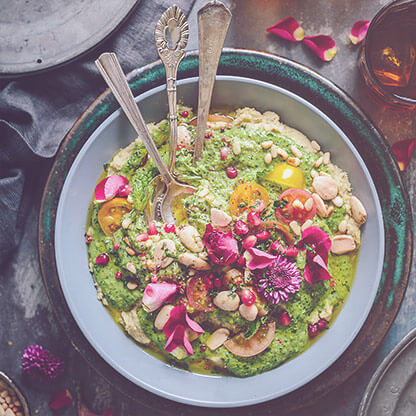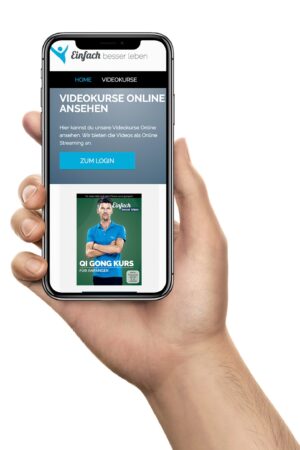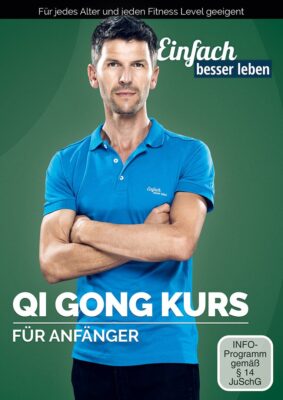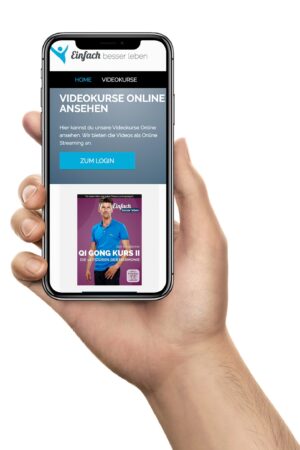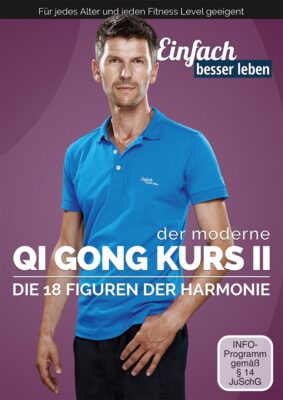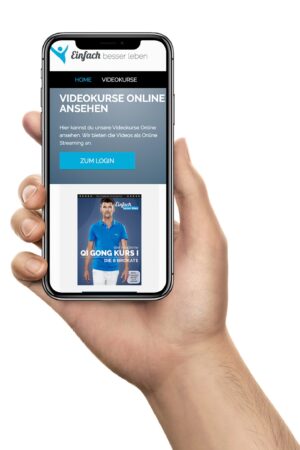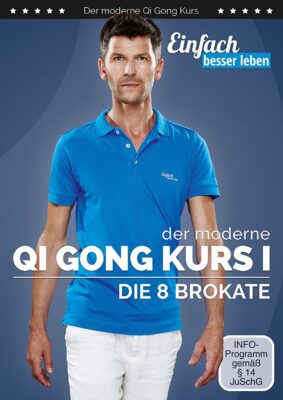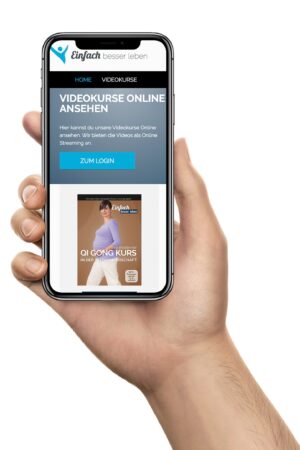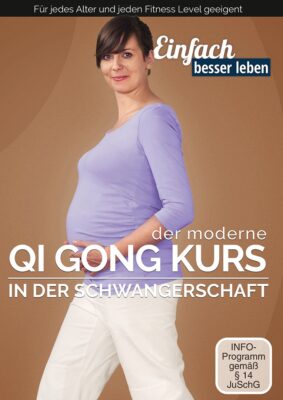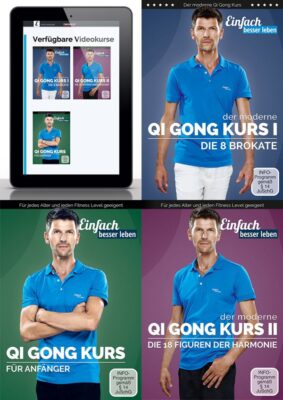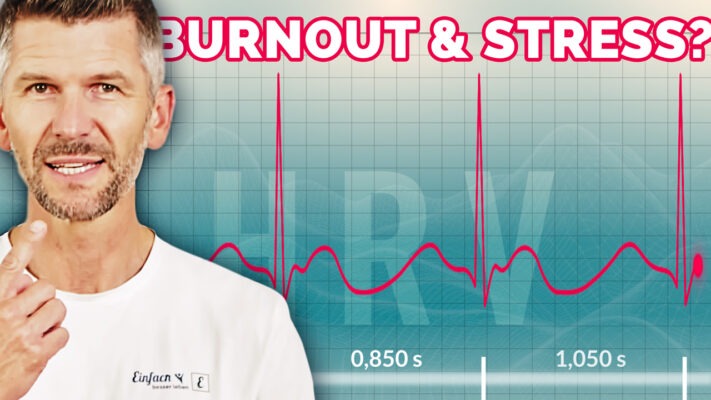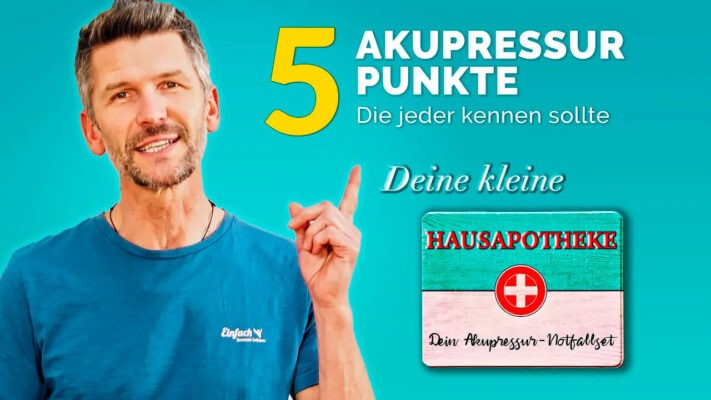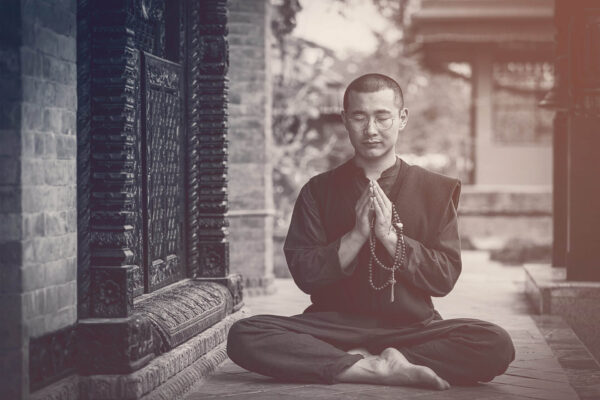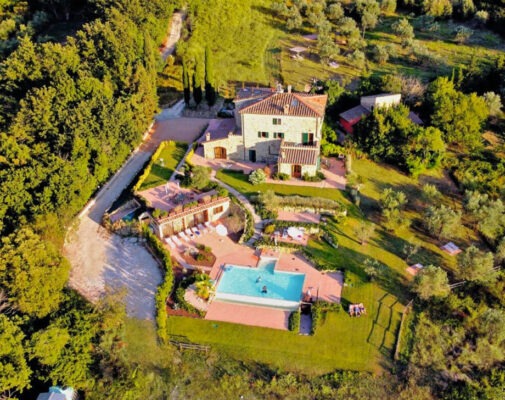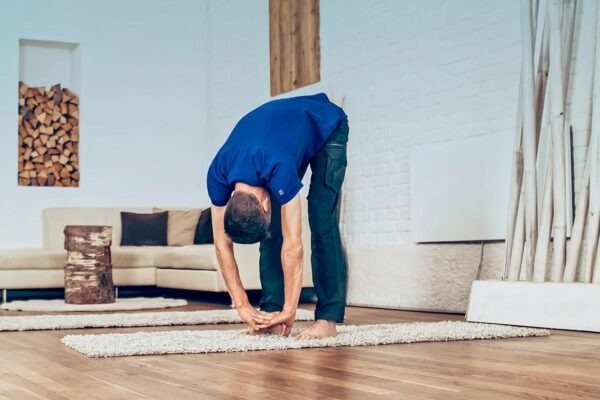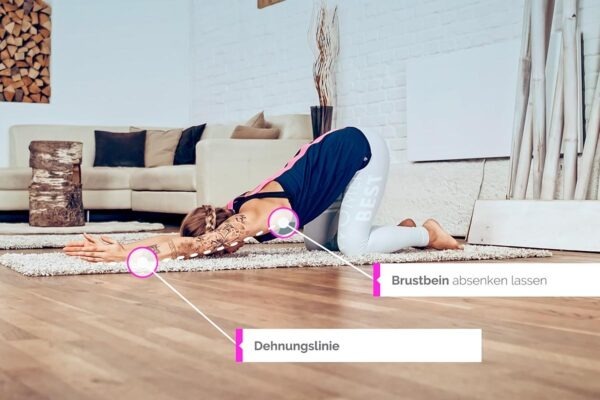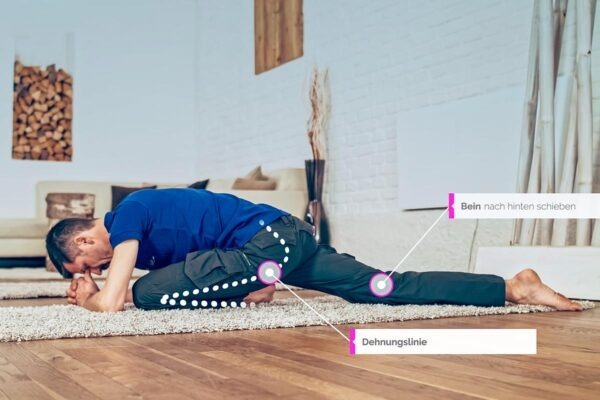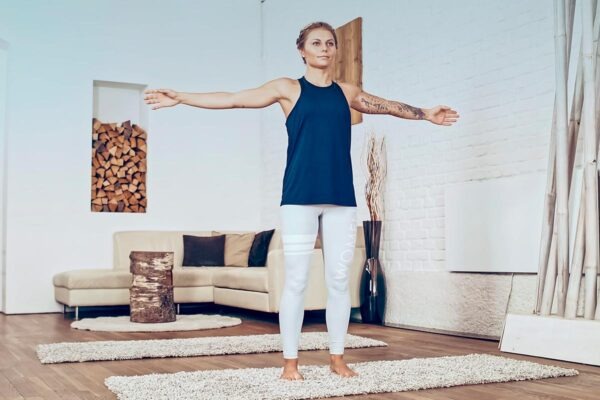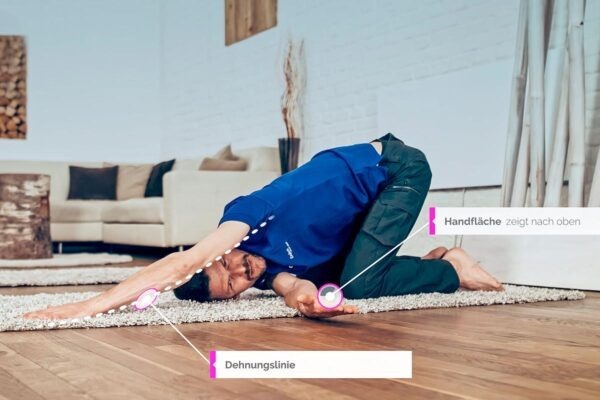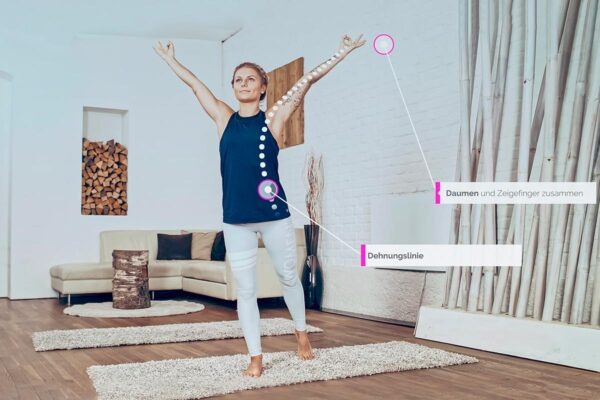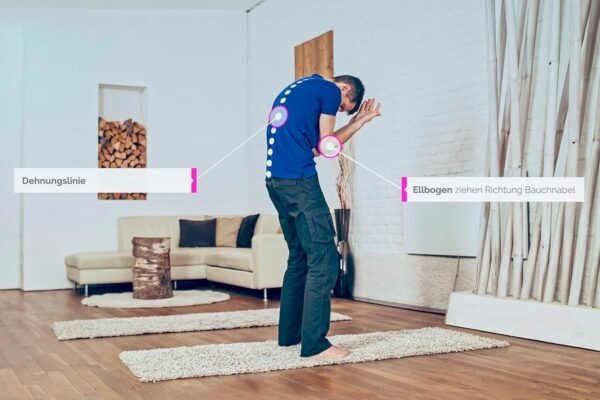Video: The Qi Gong Methods
The 2 great ways of Qi Gong are divided into the active and passive way. The active way is also called "Active Qi Gong" (Dong Gong) and the passive way is called "Meditative Qi Gong" (Nei Gong or Jing Gong), or Silent Qi Gong. Active Qi Gong refers to movements in which the body moves from one position to another, as in a dance, or remains in one position. In our country, in the West and in China, these "exercises-in-motion" are the most popular. These sometimes spectacular exercises can be powerful, dynamic and explosive.
Active Qi Gong
which, as the name already makes clear, is considered active (yang), the passive (yin) is also found. The body moves in complete harmony and the mind is relaxed and balanced, it has come to rest. This can also be called "meditation in motion". The attention is focused on the processes within the body. The mind follows the gentle, flowing movements with concentration.
Qi Gong brings body and mind into harmony and thereby leads to a state of deep relaxation, clear alertness and great vitality. If this calmness and concentration are missing in the exercises, they are called "empty exercises" in Chinese, exercises without much value.
In this context, the following qigong methods can be cited:
- Standing like a tree
- 8 Brocades Qi Gong
- 18-fold figures of harmony
- 5 Elements Qi Gong
Silent Qi Gong - Nei Gong
In Nei Gong (meditative Qi Gong) the whole body is motionless. The practitioner sits either on a chair, in the lotus or heel seat. The Qi is moved and controlled during these exercises, through mental concentration, visualization and certain breathing techniques.
"Exercises-in-Rest" are outwardly considered yin (passive), but inwardly yang (active). The body remains in complete motionlessness. The mind is awake and actively concentrates on the movements of qi.
However, this still qigong cannot be absolutely separated from active qigong. Because stillness and movement are relative, not absolute, principles. It is about finding the right balance between Yin and Yang, not only in Qi Gong, but also in daily life. Thus, Qi Gong also has a direct impact on everyday life. Through Qi Gong one learns the ability to perform all activities in everyday life consciously, relaxed and attentive. It gives us the opportunity to return to ourselves - to the unity of body, mind and soul.
Sometimes a new path begins not with discovering something new, but with seeing the old with completely new eyes.
Nei Gong Podcasts
3 guided meditations
Great Heavenly Circuit
This exercise is often called "macrocosmic circulation". Here the Qi circulates through the whole body, i.e. it circulates through the legs, arms, Governing Vessel and Conceptual Vessel.
The technique
Sit down with not crossed legs on a chair or lie down. The hands rest on the dantien and the tip of the tongue touches the upper palate. Breathe in and out through the nose in a relaxed manner. Then focus on the dantien for a few minutes. Now direct the qi from the dantien down to the genitals and up through the perineum, the Governing Vessel. Then the qi runs down the front and reaches the dantien again. This makes one round of the "Lesser Heavenly Circuit." This forms the basis for the "Great Heavenly Circuit".
Next, the qi flows from the dantien, over the outside of the legs, down to the feet and is drawn back up the inside of the legs. Now direct the qi along the back to the center between the shoulder blades. There the current splits and flows, on the respective inside of the two arms, to the hands and again, on the outside of the arms, back to the back. Now the Qi moves over the head, down the front of the body, to the dantien. Thus, one circulation is completed. The qi then flows again down the outside of the legs, up the inside of the legs, along the back, and so on.
Let the Qi flow in this way for as long as you feel comfortable.
It is not necessary to tune the breath to the meditation. The Qi is directed alone, through consciousness.
Cleaning the brain
Sit comfortably in a chair. Use a few minutes to observe your breathing and consciously and deeply inhale and exhale until you are breathing calmly. Then take a deep breath through your nose and imagine healing qi, in the form of white mist, moving down your abdomen to the base of your spine with this inhalation. As you carefully hold your breath, it enters the spine through the tailbone, which you imagine as an empty tube. Now let the vapor rise into this tube. Feel how it rises up through the individual segments of the spine until it reaches the head. Here it exits the spine and swirls around the brain. The qi moves like a wind-blown cloud. Send it through all the lobes, cavities and tissues of the brain. Especially where it is difficult to send it in your mind's eye or where something is blocked. When you exhale, just let the breath flow out through your mouth. Now the haze is dark colored, blackish or gray. After exhaling, return to your natural breathing. Breathe in and out a few times before repeating the exercise.
Repeat this exercise a total of 3 times, or as many times as you like. On the last exhale, imagine that you are blowing away all the clouds that have obscured the clear sky.
Then concentrate on the crown of the head and hold in your imagination the image of a bright blue sky.
Little Heavenly Circuit
In this meditation, the Qi is guided along the most important Yang meridian, the Dumai (Governing Vessel) and the most important Yin meridian, the Renmai (Conception Vessel). These two meridians serve to regulate the flow of yang and yin energy, in the twelve meridians. An important goal of qigong is to create a strong flow of qi through these two channels so that more qi flows into the subsidiary channels (organ meridians). Furthermore, this meditation causes a better communication between the two meridians.
Imagine that the Governing Vessel begins at the tailbone, runs along the spine, over the head, and ends at the upper palate. The conception vessel, on the other hand, begins at the tip of the tongue and ends, at a certain point, in the middle of the perineum (huiyin - "meeting with the yin"). Thus, the circuit is open in two places: between the perineum and the coccyx, and between the upper palate and the tip of the tongue. These gaps are closed by the meditation exercise.
During inhalation, the tip of the tongue touches the upper palate, and during exhalation, let it fall again and rest in the lower jaw. Starting from the tailbone, breathe upward along the spine, over the head (baihui) to the upper palate. Meanwhile, pull the pelvic floor muscles very slightly upward, as if you were closing the lower openings. Once at the palate, drop the tongue and exhale gently through the mouth, directing the qi from the tip of the tongue, at the front of the body, down to the perineal point. As soon as you start breathing in again, the tip of the tongue touches the upper palate. This completes one cycle. Do a total of 9 such circuits.
